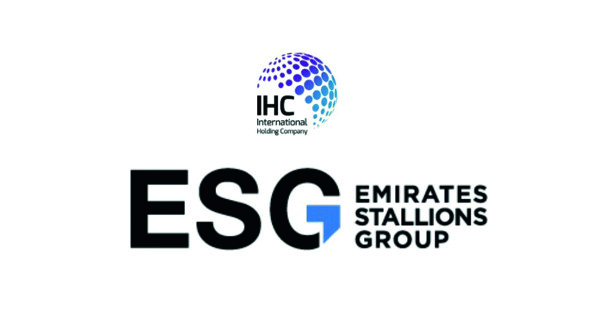
To ensure that the workforce is flexible and adaptable to changing technologies, it is essential to develop an ecosystem for talent development and an organizational culture that facilitates positive learning. Agree, you remember the times when college graduates became wealthy by creating applications? Technologies. In order to thrive, it is necessary to know how to use technologies in the operations of your organization. However, at this moment, there is a shortage of specialists whose current workforce is needed more than ever. On the other hand, the increase in the number of vacancies requires specialized skills, even as the countries of the Middle East find themselves in a rapid digital transformation. Let’s get into the details. Constantly evolving workspaces present their unique challenges, often leading to a 'skills gap'. Some routine jobs, for example, those in manufacturing, are at risk of automation. These roles require advanced skills and knowledge. There is simply a shortage of people with the necessary skills to fill these roles, which increases the skill gap. Of course, millennials and Generation Z – digital natives, make up a large part of the workforce, but their digital confidence does not equate to professional expertise. According to Dua Al Tubi, whose book "Navigating the Future: Strategic Projections of Skill Gaps Between National Goals and Digital Gaps in Gulf Countries" will be published later this year, the skills gap continues to expand, regardless of the presence of millennials and Generation Z in the workplace due to "technological advancements that outpace formal education and professional training systems". In her book, Al Tubi highlights dual challenges faced by large corporations and provides practical guidance on effectively balancing nationalization mandates with the growing need for digital competencies in today’s technology-oriented world. As governments in the region begin to realize the economic benefits of digitalization, investment in technology and the pace of their use steadily grow; however, a report from PwC Middle East last year showed that the digital divide in the region continues to exist despite significant steps toward digital inclusion. The UAE’s GDP is projected to increase by at least 46% over the next 30 years, reaching nearly $300 billion simply in the first year, with the digital gap increasing. According to Al Tubi, who is also the Director of Digital Transformation at Al Hilal Bank, organizations must identify the digital competencies they need for their goals, attract talent with this expertise and ensure the establishment of a framework for optimizing investments and managing workforce fluctuations. "This, combined with targeted training for existing employees, creates a short-term solution for addressing current skills gaps in the organization." Addressing this digital gap, one of the most serious challenges of our time, requires a comprehensive approach, encompassing the combined efforts of educational institutions, startups, and businesses. "To ensure a workforce that can adapt to changing technological and market shifts in the long term, it is crucial to support talent development through partnerships with startups, educational institutions, and a culture of positive learning," she adds. And as technology – artificial intelligence, data analytics, and pure electrification – come to light with unprecedented speed, Al Tubi identifies five ways to develop digital competencies: 1. ESTABLISH A DIGITAL CULTURE. Companies should foster innovation, positive learning, and organizational education in the field of technology to debunk myths and combat stereotypes. 2. DIVERSIFY THE WORKFORCE. Embracing a broad spectrum of skills, viewpoints, backgrounds, cultural, and professional experiences facilitates rapid responses to changing directions, innovations, and adaptations to a shifting demographic clientele, ultimately creating a robust culture and workforce. 3. INTEGRATIVE PROGRAMS TO IMPROVE QUALIFICATION. As technology begins to transform the current composition of workplaces, companies must allow employees the opportunity for holistic qualification upgrades for new roles, skills, and career opportunities. Such scenarios are becoming rarer now, which is why new programs can help each to develop applications for business. As digitalization occurs at all levels of business, skills in the field of technology become basic requirements for the successful execution of work – they no longer require specialized knowledge. For example, roles such as data scientists, cybersecurity specialists, and artificial intelligence engineers are increasingly in demand in the Middle East. Collaborating with startups through accelerative programs exchange knowledge and joint projects for mutual employee groups accelerates innovation and access to the latest technologies for deep market disruption. 4. CROSS-AGENCY COLLABORATIONS. Collaboration among government, private, and semi-public sectors supports a wider technological ecosystem and helps organizations stay current on recent changes in legislation, market trends, and leading solutions in the sectors. 5. SUPPORT CONTINUOUS EDUCATION. Organizations must provide access to educational resources.













